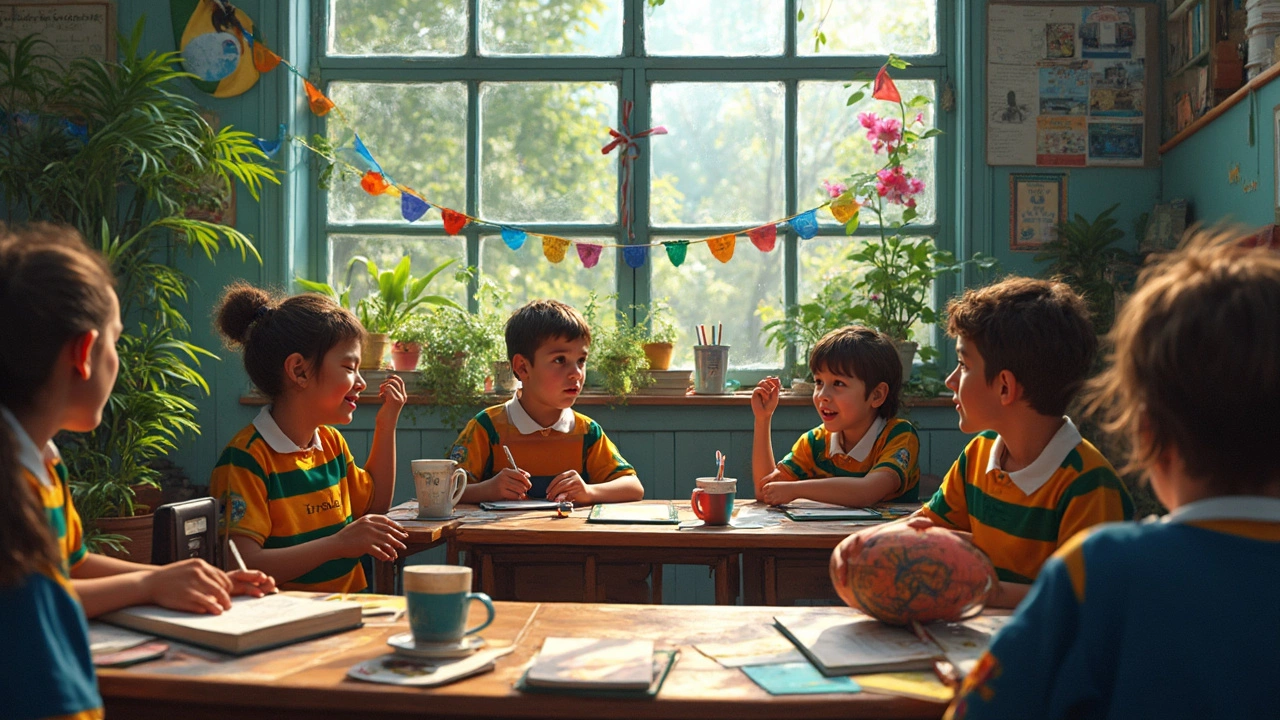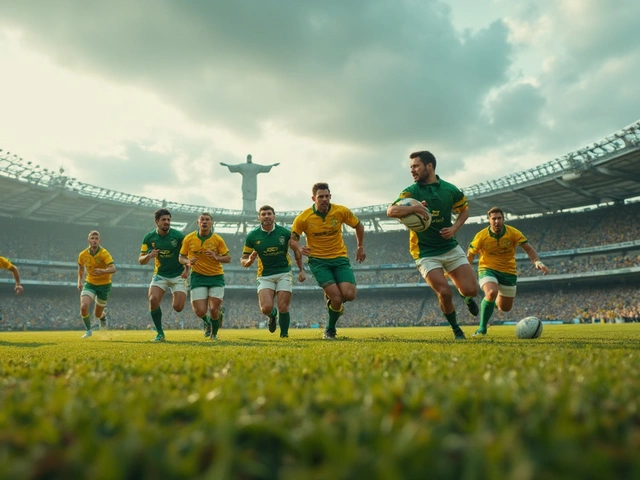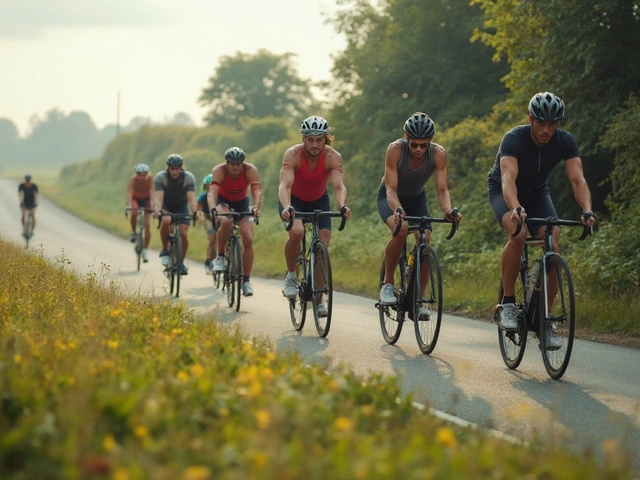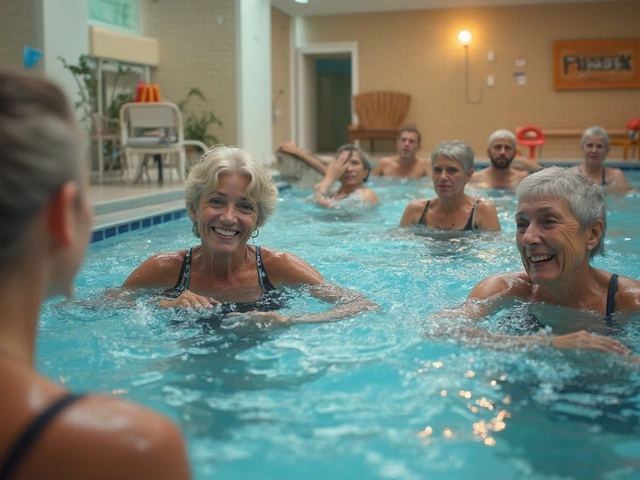Brazilian education: What it means for sports, fitness, and athlete development
When we talk about Brazilian education, the public and private system that shapes learning from primary school through higher education in Brazil. Also known as Brazilian schooling system, it combines strong community-based learning with a deep cultural emphasis on physical activity and informal play. Unlike rigid, exam-focused models in some countries, Brazilian education often lets kids learn through movement—whether it’s futsal on dusty streets, capoeira in schoolyards, or pickup volleyball on the beach. This isn’t just tradition—it’s a system that builds resilience, coordination, and instinct before formal coaching ever begins.
This approach directly feeds into how athletes develop. You won’t find many Brazilian footballers who started with structured drills at age five. Instead, they learned to dribble through traffic, control the ball barefoot on sand, and read the game by watching older players. The same energy shows up in other sports: Brazilian rugby players often come from mixed-sport backgrounds, and many marathon runners grew up running to school or helping with chores across rough terrain. Physical education, the subject taught in Brazilian schools to promote movement and health is often underfunded, but it’s not ignored—it’s replaced by real-world activity. Kids don’t need a gym to get strong; they need a street, a ball, and a group of friends.
What’s missing in official curriculum is made up for by culture. Brazil’s sports culture, the widespread societal value placed on athletic participation across all ages and classes turns fitness into a social habit, not a chore. Parents cheer for their kids in local tournaments. Neighbors organize weekend matches. Coaches are often former players who give time because they love the game. This isn’t just about talent—it’s about access. A kid in Rio’s favelas might not have a treadmill, but they’ll have a better sense of balance, agility, and endurance than many kids in countries with fancy facilities but no culture of play.
That’s why you’ll see Brazilian athletes showing up in global competitions with raw skill, quick reflexes, and mental toughness built outside the classroom. Their strength doesn’t come from perfect form or high-tech gear—it comes from years of moving, adapting, and competing in unpredictable environments. The education system may have gaps, but the real training ground? That’s everywhere.
Below, you’ll find real stories and practical insights from athletes and coaches who’ve seen how Brazilian-style movement, discipline, and community-driven fitness can change how you train—no matter where you live. Whether you’re trying to build stamina, recover better, or just find more joy in moving, there’s something here for you.
Brazilian Education Levels: A Surprising Insight into Rugby Fixtures
The average educational level in Brazil can influence diverse aspects of life, including sports like rugby. This article explores how education might intersect with rugby interest and success. Discover unexpected connections and gain tips on harnessing educational trends to enhance your understanding of Brazilian rugby. Whether you're a fan or just curious, uncover intriguing insights that highlight the unique relationship between these topics.





